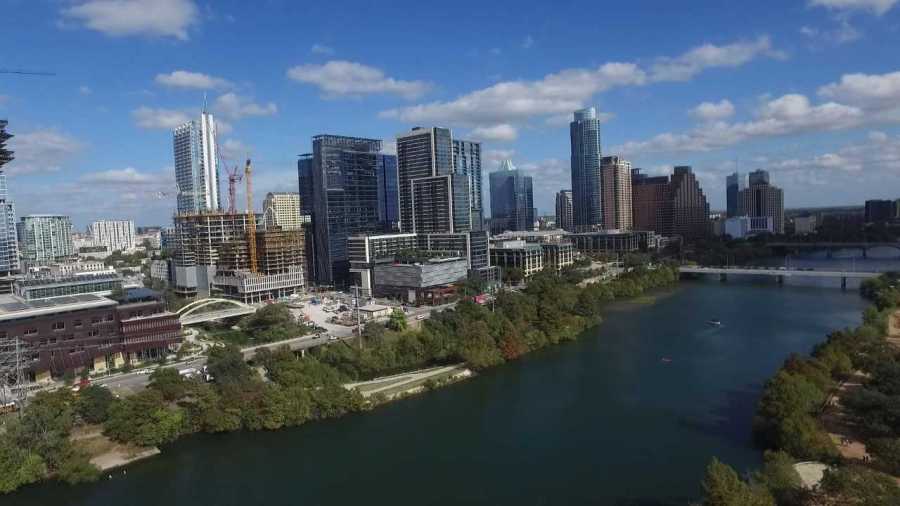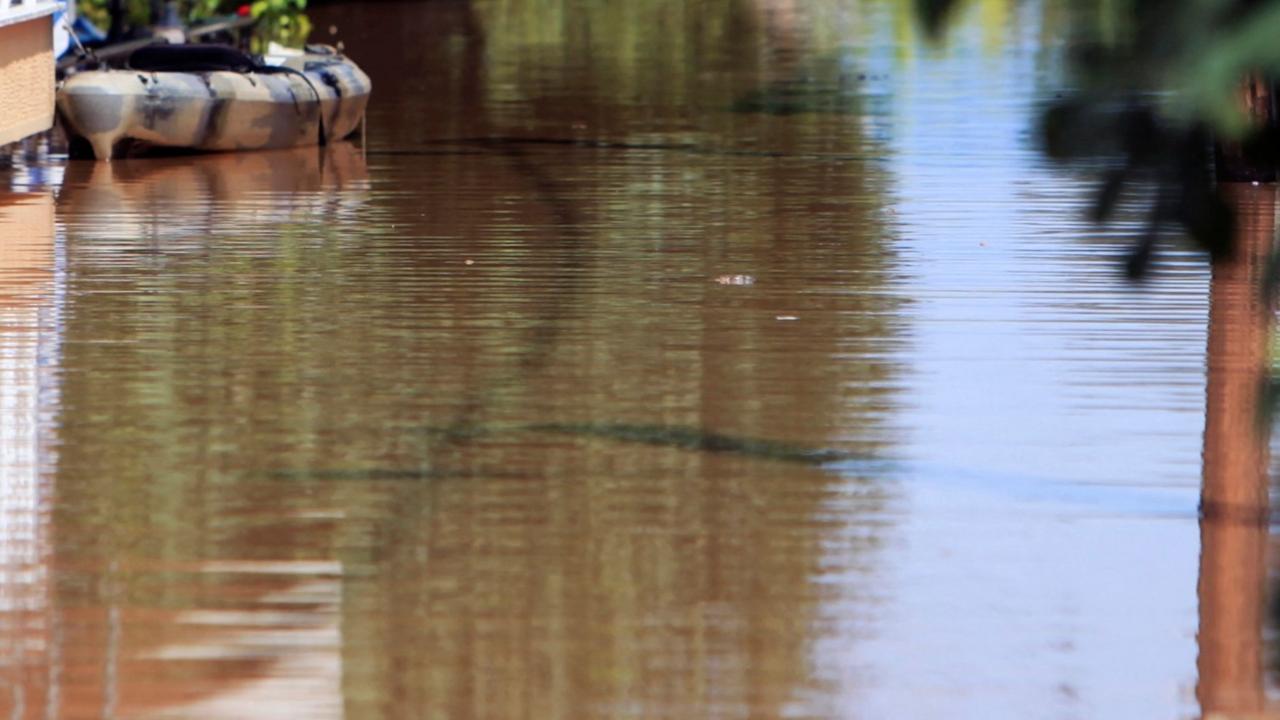Wildfires Are Causing Earlier Snowmelt Across the Western U.S.
A new study led by researchers at the Colorado School of Mines finds that wildfires are causing earlier snowmelt across the western United States. This effect is expected to worsen with projected warmer winters due to climate change.
The study, titled *Impact of Current and Warmer Climate Conditions on Snow Cover Loss in Burned Forests*, was published today in the journal *Science Advances*. The paper was authored by Arielle Koshkin, a doctoral candidate in hydrologic science and engineering; Adrienne Marshall, assistant professor of geology and geological engineering; and Karl Rittger from the Institute for Arctic and Alpine Research at the University of Colorado Boulder.
“When snow falls in burned forests, the snow melts earlier—especially as the climate gets warmer,” said Koshkin. “This means we get less water from those forests throughout the year. That’s a big deal because people in the western U.S. rely heavily on snowmelt runoff for their water supply.”
Why Does Snow Melt Earlier in Burned Forests?
Koshkin explained that there are two main reasons for earlier snowmelt after wildfires:
1. **Darker Snow:** Forest fires leave behind darker snow surfaces that are less reflective. This causes the snow to absorb more solar energy, leading to faster melting.
2. **Less Tree Cover:** Burned areas often have fewer trees, allowing more sunlight to directly reach the snowpack, which further accelerates melting.
Regions at Lower Elevations, such as the Pacific Northwest and Northern Sierra Nevada, are expected to be particularly impacted by these changes. “These changes could make it harder for communities to manage their water supplies,” Koshkin noted.
Using Satellite Data for a Comprehensive Study
The research team utilized remotely sensed snow data from NASA’s Moderate Resolution Imaging Spectroradiometer (MODIS) satellite. Unlike previous studies that relied mostly on ground-based measurements, this satellite data allowed the researchers to analyze snow cover across the entire western U.S. rather than focusing on individual forests.
“Using satellite data allowed us to look at the whole western U.S. under one study, rather than just a point-scale analysis in one forest,” said Koshkin. “This larger spatial scale enabled comparison and helped us understand how different regions react differently to wildfire impacts on snow.”
Key Findings
– The study found that 98% of forested regions in the western U.S. could expect earlier snowmelt following a wildfire.
– The situation worsens with temperature increases. With an additional 2°C of warming—consistent with climate change projections—86% of the snow zone would experience earlier post-fire snowmelt compared to historical averages.
Implications
Earlier snowmelt reduces the availability of water throughout the year, posing challenges for water management in a region that depends heavily on snow runoff. As wildfires become more frequent and severe, understanding these effects is critical for planning and conserving water resources.
—
This study highlights the interconnected impacts of wildfires and climate change on snow dynamics and water resources in the western United States. It underscores the need for adaptive strategies to address future water supply challenges in the region.
https://www.pressreleasepoint.com/snow-melts-earlier-burned-forests-new-science-advances-study-finds


